We’re a diverse group: between us we hail from four continents and our languages include Somali, English, Spanish and Swahili. We’re one of several subgroups that have been enjoying the extremely changeable Swedish summer weather on the second day of a course in ‘nature interpretation’, which aims to teach us to lead others into nature. We’re currently learning by participating in a vocabulary-building game in a forest not far from the small Swedish town of Nora. Scattered around this area of coniferous trees, roots and rocks are various cards, each of which has a number and a Swedish word upon it. These cards have been hidden high and low and we must search for particular ones based on a throw of a die. Upon finding the card we must speak together to ensure we all understand the word. We must then go to one of the organisers and explain what the word meant before rolling again. It’s fun – different groups are scrabbling about the place yelling to one another when they find the card they seek. I’m a little concerned that we’re not really all getting as much out of it as we could, and a couple of my teammates are fairly competitive and rushing around with little concern that everyone understands. One Somali woman, in particular, is much older and less fit than the rest of us with a much smaller Swedish vocabulary. I’m unconvinced she’s fully following along. Our next word is ‘bark’ (same word in both English and Swedish) and we gather to explain it to the organiser. As she struggles to make herself clear in Swedish, another teammate pulls a piece of bark from a nearby tree and presents it to the nonplussed guide. We roll the die and continue with a laugh.
The foregoing is an example of the types of activities that occur on many ‘Nature-Based Integration’ (NBI) excursions. NBI comprises a diverse body of practices which collectively intend to embody “the process in which an immigrant gets familiarized with the local environment, through activities that take place in a natural environment…” (Gentin et al., 2018:17, italics removed). NBI is increasingly prominent in many Nordic countries as it is thought to contribute to dealing with two contemporary societal issues: the perceived need to ‘integrate’ incomers to Nordic societies; and the apparent tendency for inhabitants of modern societies to become increasingly separated from nature. Organized by a variety of actors, from local authorities to environmental NGOs to national government agencies, NBI varies in focus. Some NBI programs are conceived as ‘language cafes’ where incomers can meet and practice their Swedish with others, while others aim to introduce newcomers to Swedish nature, either through trained guides or by training people to be guides. In some places people attend voluntarily, whereas at other times varying levels of pressure are applied to participants.
The participants in the example above are a combination of people attending voluntarily and those enrolled in a “path to employment” scheme, It is, in many ways, typical of the types of activities I have observed in Örebro County, central Sweden: based around guided walks in nearby nature reserves the two main objectives are that participants should both have fun and learn (about nature and about the Swedish nature laws, Figure 1). Likewise, activities often encouraged exploration (in groups or individually) of ‘nature’. Often this involved looking high and low, moving off the beaten track and employing different senses (listening, scrabbling for mushrooms on hands and knees, Figures 2, 3 and 4). Guides (some local authority employees, others from an environmental NGO) from both Swedish and non-Swedish backgrounds coordinate the NBI experience by planning and leading activities.
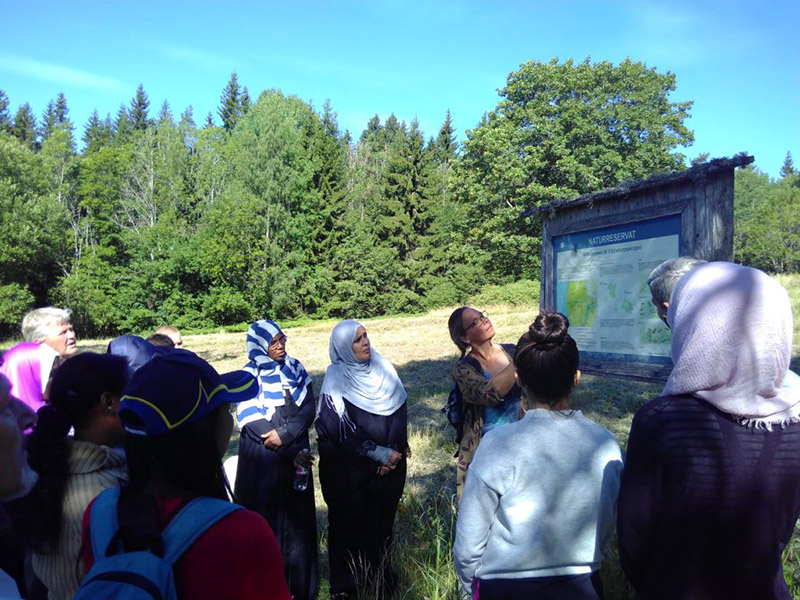
Figure 1 A guide instructs participants about the rules of a particular nature reserve. The entrance sign was usually the starting point of any given NBI activity. (Photo by author).
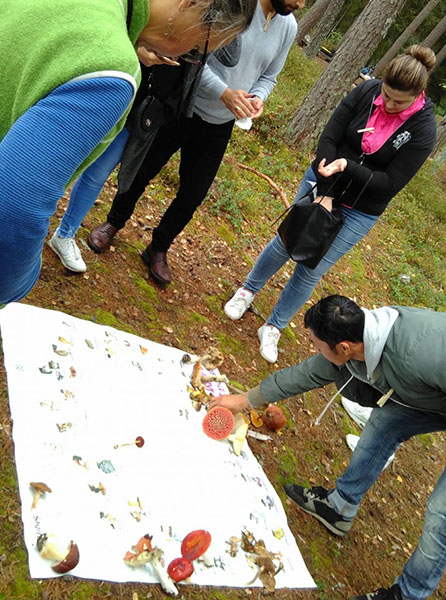
Figure 2 Participants learn to identify edible mushrooms. As Terry Pratchett said: 1. All fungi are edible. 2. Some fungi are only edible once. (Photo by author).
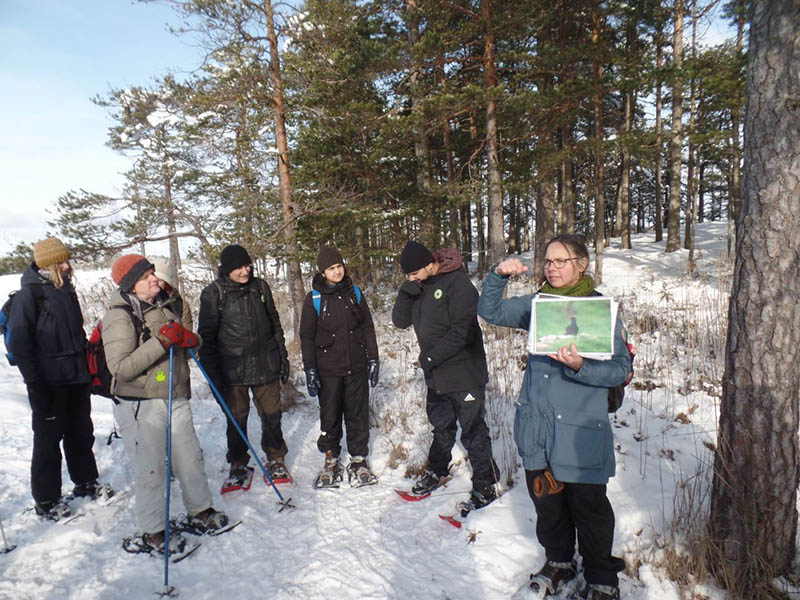
Figure 3 A guide informs people of the animals in the local area during a snowshoe expedition. (Photo by author).

Figure 4 Participants are asked to shut their eyes and listen to the world around them, breathing deeply. (Photo by author).
I find it productive to consider NBI activities as efforts to enact particular shared taskscapes: “particular cognitive or symbolic ordering[s] of space” (Ingold, 2000:189). Through NBI activities particular orderings of practices emerge with concomitant moral values – space is transformed into place. By doing and learning particular things people cultural landscapes are performed. These are not merely descriptive but entail embodied action by both humans and nonhumans. Exploring taskscapes involves interrogation of different social and material associations with nature through time (Nuttall, 1991:39). Thus particular rememberings – memoryscapes – of the past are ordered. These acts of remembering are really about the future. Taskscapes are also visionscapes: they form part of an effort to enact a particular future nature and society (Sejersen, 2004:72). NBI activities are thus an attempt to bring people together in Swedish society through enacting a shared taskscape. The idea of Swedes as ‘outdoor people’ has long played a part in Swedish nationalism and remains a popular idea (cf. Beery 2013). Within NBI, activities in nature can thus be interpreted as part of the day-to-day’ imaginings of the Swedish community (cf. Edensor & Sumartojo 2018): Swedishness is connected to particular usages of nature as a place. Incomers are thus encouraged through NBI to avail themselves of the outdoor opportunities available in Sweden. Furthermore by actively dwelling in the same spaces as Swedes a common outlook is expected to arise, with Swedes ascribed the role of uplifting and teaching incomers (cf. Dahlstedt & Hertzberg 2007, Figures 5 and 6). Moreover, in the background of many NBI activities is a particular environmentalist sensibility: the sense that modern society has become urbanised and disconnected from nature. Within this discourse, what is needed is for people to (re)acquire an awareness of the interdependence of nature and society, an ecological mindset. NBI thus forms part of an effort to sensitize all inhabitants of Sweden to a culturally and historically specific visionscape of a future sustainable society (cf. Neves, 2009, Wamsler, 2019).
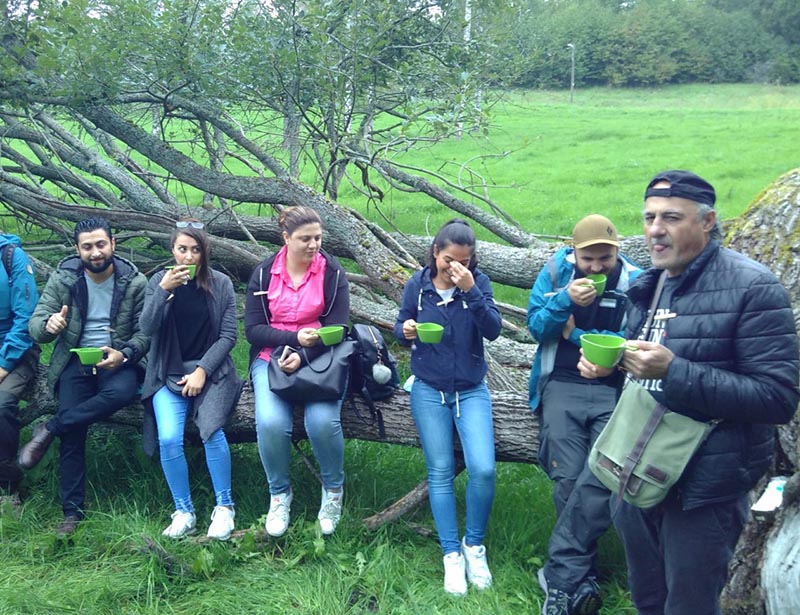
Figure 5 A social moment, the group pauses for fika (coffee-break). (Photo by author).

Figure 6 Cooking a meal together outside. (Photo by author).
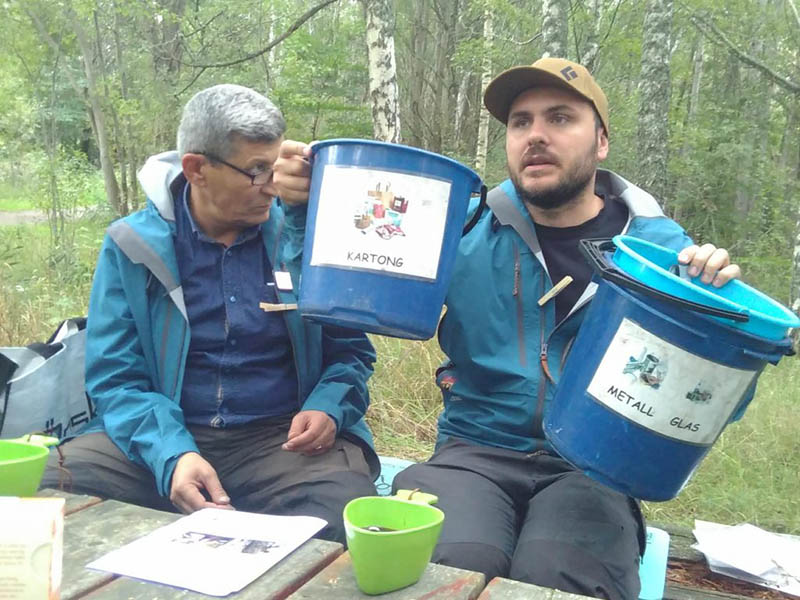
Figure 7 Guides explain the importance of sorting rubbish at home and tidying up after visiting nature. (Photo by author).
References
BEERY, T. H. 2013. Nordic in nature: friluftsliv and environmental connectedness. Environmental Education Research, 19(1): 94-117.
DAJLSTEDT, M. & HERTZBERG, F. 2007. Democracy the Swedish Way? The Exclusion of ‘Immigrants’ in Swedish Politics. Scandinavian Political Studies, 30(2): 175-203.
EDENSOR, T. & SUMARTOJO, S. 2018. Geographies of everyday nationhood: experiencing multiculturalism in Melbourne. Nations and Nationalism, 24(3): 553-578.
GENTIN, S., CHONDROMATIDOU, A. M., PITKÄNEN, K., DOLLING, A., PRÆSTHOLM, S. & PÁLSDÓTTIR, A. M. 2018. Defining nature-based integration. Perspectives and practices from the Nordic countries. Helsinki: Finnish Environment Institute.
INGOLD, T. 2000. The Perception of the Environment, London, Routledge.
NEVES, K. 2009. Urban botanical gardens and the aesthetics of ecological learning: a theoretical discussion and preliminary insights from Montreal’s botanical garden. Anthropologica, 51(1): 145-157.
NUTTALL, M. 1991. Memoryscape: A sense of locality in Northwest Greenland. North Atlantic Studies, 1(2): 39-50.
SEJERSEN, F. 2004. Horizons of sustainability in Greenland: Inuit landscapes of memory and vision. Arctic Anthropology, 41(1): 71-89.
WAMSLER, C. 2019. Contemplative sustainable futures: the role of individual inner dimensions and transformation in sustainability research and education. In: FILHO, W. L. & MCCREA, A. C. (eds.) Sustainability and the Humanities. Cham: Springer, pp. 359-373.
